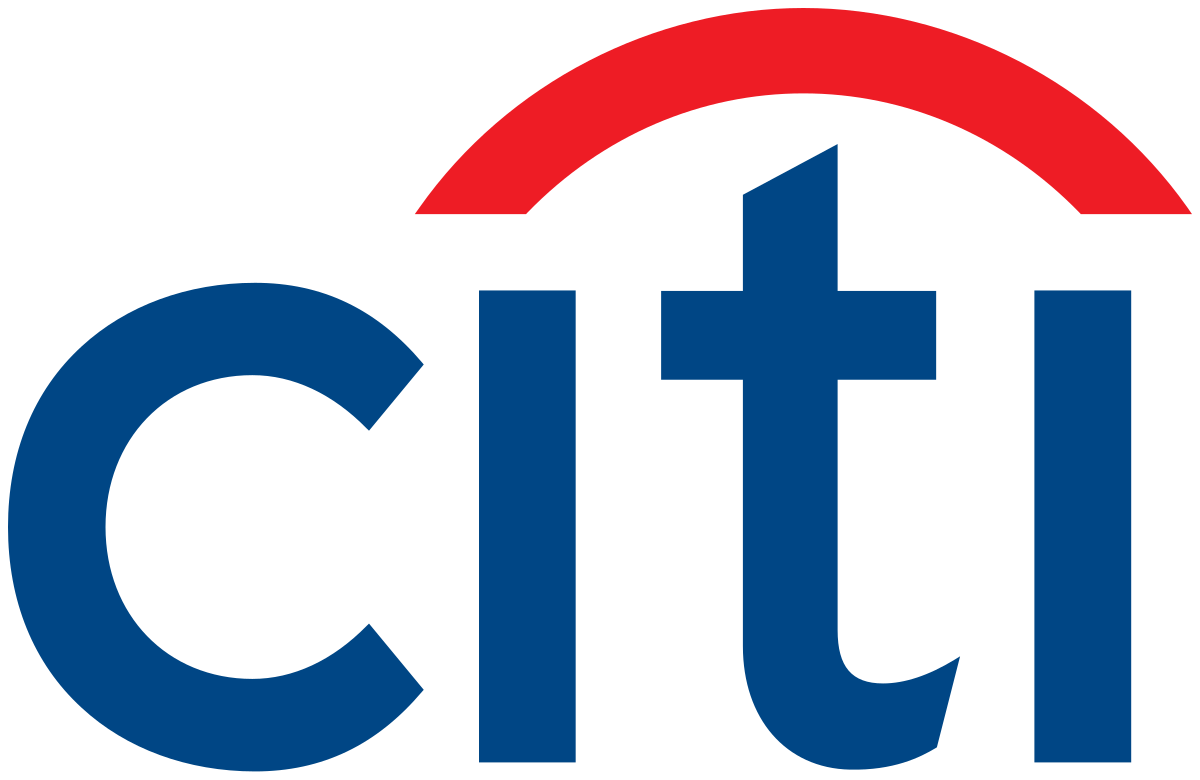The proliferation of ETFs and ongoing product development from issuers is causing a dramatic shift in the way asset allocators invest.
According to analysts at Citi, traditional size (small, mid and large cap) and style (growth and value) investing of the past 40 years is being replaced by a core and satellite approach.
They argue the ETF industry has been able to reflect the changing demands of investors who want to adopt a more granular approach to the way they access the market.
This shift is occurring in the growing model portfolio space, in particular, where portfolio construction is moving to low-cost core products as the anchor of allocation with smart beta and thematic ETFs used instead of size and style products for satellite exposures.
The change is being driven by the availability of broader market ETFs at knock-down prices and the increase in differentiated exposures in the ETF space.
“Traditional size and style investing is losing its relevance,” Scott Chronert, managing director at Citi and co-author of the report, commented. “As the ETF industry has grown, we find ourselves increasingly focused on sector/industry, smart beta, and, more recently, thematic products.
“Investors can position portfolios around macro/fundamental views using these ETFs, making the use case of passive for active more prominent.”
Chronert added the case for style investing has become less meaningful and instead, a focus on defensive, growth and economic sensitive groupings is “far more relevant today”.
“For example, the value style has evolved into a blend of defensive and economic sensitive stocks. This creates a push-and-pull effect around macro trends, such as interest rate influence,” he continued.
“Heavy value style allocations to financials on the economic sensitive front benefit from rising rates, while large weights in bond proxies on the defensive side provide an offset.”
Furthermore, the analysts said making an active call on style levers alone is unlikely to generate alpha. For example, a focus on sector ETFs such as technology is more likely to lead to greater returns relative to a broader growth allocation.
This shift is a virtuous circle with changes in portfolio construction methods leading to an increased ETF adoption rate as well as the other way around.
The report concludes: “We argue that ETF proliferation will trigger a big shift in asset allocator approaches to portfolio construction.
“As the financial adviser world gets increasingly competitive, traditional model portfolio approaches become commoditised.
“Therefore, the need for advisors to differentiate their offerings along core and satellite approaches should, at a minimum, be a natural evolution in an increasingly competitive environment for investor assets.”
ETF Insight is a new series brought to you by ETF Stream. Each week, we shine a light on the key issues from across the European ETF industry, analysing and interpreting the latest trends in the space. For last week’s insight, click here.



